Fully Automatic Mold Cleaning Machine
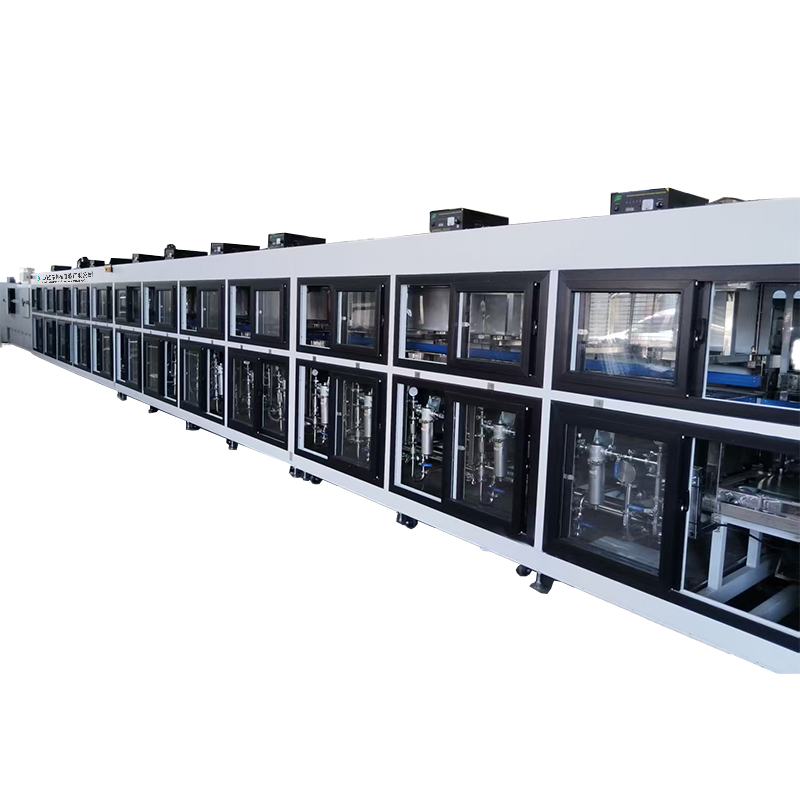
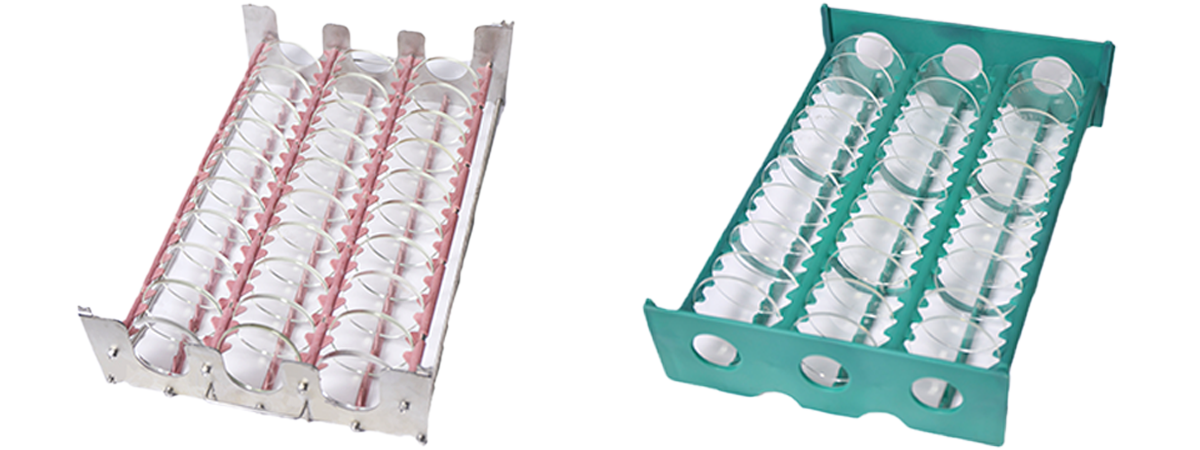
Basket classification | ||
Lens specification | Mother basket specification | Son basket specification |
60mm | Double baskets, Four baskets | 45, 60 pieces |
70mm | Double baskets, Four baskets | 45, 60 pieces |
75mm | Double baskets, Four baskets | 45, 60 pieces |
80mm | Double baskets, Four baskets | 45, 60 pieces |
Product introduction
Fully Automatic Mold Cleaning Machine: Technical Specifications and Application Guide
I. Core Functions
The lens mold cleaning machine is a specialized machine designed for cleaning molds (e.g., glass, metal molds) in optical lens production. It efficiently removes polishing residues, oil stains, dust, and oxides from mold surfaces, ensuring high surface smoothness to guarantee lens-forming precision and yield rates.
Key Roles:
Extend mold lifespan by reducing contamination-induced defects (e.g., bubbles, scratches).
Improve the substrate cleanliness before lens coating or polishing.
II. Structure and Working Principle
Cleaning Methods:
Ultrasonic Cleaning: High-frequency ultrasound (40kHz–100kHz) removes microparticles via cavitation effects.
Spray Cleaning: High-pressure spray system (water-based or solvent cleaners) flushes mold surfaces.
Vapor Phase Cleaning: Solvent vapor (e.g., IPA) dissolves stubborn contaminants.
Core Components:
Cleaning Tanks: Corrosion-resistant (SUS304 stainless steel), multi-tank workflow (clean → rinse → dry).
Filtration System: Multi-layer filters (5μm–50μm) recycle cleaning fluid for extended use.
Drying Module: Hot air or vacuum drying to eliminate watermarks.
III. Key Performance Parameters
Parameter
Typical Value/Description
Ultrasonic Frequency
40kHz (standard) / 68kHz–100kHz (high-precision)
Cleaning Temperature
40°C–80°C (adjustable per cleaner type)
Tank Capacity
10L–200L (adaptable to mold sizes)
Power Rating
50kW–200kW (scalable with system size)
Cleanliness Standard
Particle residue ≤0.5μm (ISO 14644 Class 50)
Drying Time
5–30 min (hot air) / 3–10 min (vacuum)
IV. Application Scenarios
Optical Lens Production: Post-polishing cleaning of glass/resin molds to remove resin residues or polishing powder.
Precision Mold Maintenance: Rust prevention and oxide removal for metal molds (stainless steel, nickel alloys).
Pre-Coating Treatment: Ensures contaminant-free surfaces to avoid pinholes or coating delamination.
Product advantages
1、advanced equipment technology, exquisite workmanship
2、the normal service life of more than 15 years, the qualified rate of more than 95%, to reach the technical level of imported equipment, more cost-effective.
3、High cleanliness of equipment, special welding process for pipeline.
4、the manipulator can complete high-speed and accurate operation, replacing the uncertainty and inefficiency of manual operation, and realizing multiple tasks such as processing, assembly, handling and sorting.
5、our company has nearly 20 years of experience in technical and after-sales service team, from design and production to after-sales service to provide customers with professional solutions.
VI. Selection Guide
By Mold Material:
Glass Molds: Low-frequency ultrasound (40kHz) + soft brushes to prevent scratches.
Metal Molds: High-frequency ultrasound (≥68kHz) or spray cleaning with acidic cleaners (anti-corrosion required).
By Contamination Level:
Light Contamination (e.g., polishing powder): Single-tank ultrasonic cleaner + deionized water.
Heavy Contamination (e.g., cured resin): Multi-tank system (ultrasonic + spray + vapor cleaning).
Optional Features:
Automation: Robotic loading/unloading (ideal for mass production).
Eco-Friendly: Integrated wastewater recycling and treatment.
VII. Operation & Maintenance
Cleaner Selection:
Water-Based Cleaners: Eco-friendly for general oil removal (e.g., lens polishing agents).
Solvent Cleaners: IPA, acetone (high efficiency; requires explosion-proof design).
Maintenance Routine:
Daily: Clean tank residues; inspect filter clogs.
Monthly: Test ultrasonic transducer power; calibrate temperature sensors.
Precautions:
Avoid mixing incompatible cleaners (e.g., acidic + alkaline).
Use soft fixtures for glass molds to prevent breakage.
VIII. Summary
The lens mold cleaning machine is critical for ensuring optical lens quality. Selection must account for mold material, contamination type, and production scale. High-frequency ultrasonic technology and automation are driving industry trends, with future advancements prioritizing intelligence and sustainability. For tailored recommendations, provide mold parameters and budget details!
Production technology
Feeding →Washing with medicine water →Washing with RO water →Cutting Water →Drying
Technical indicators
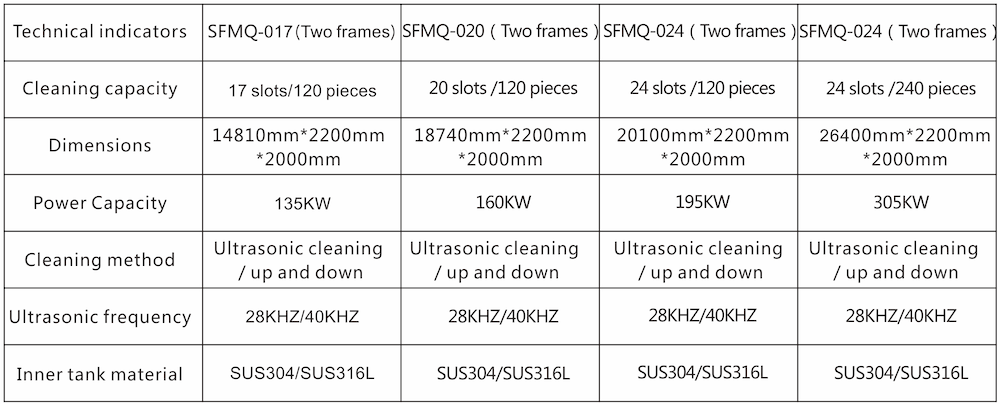
For more models of products, please contact us. We will be happy to serve you!


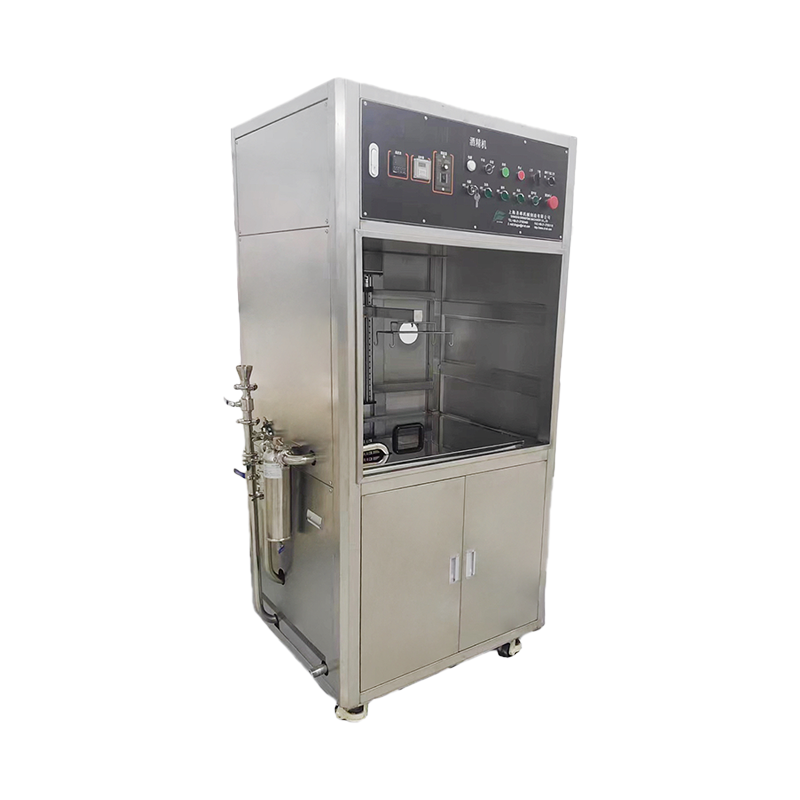
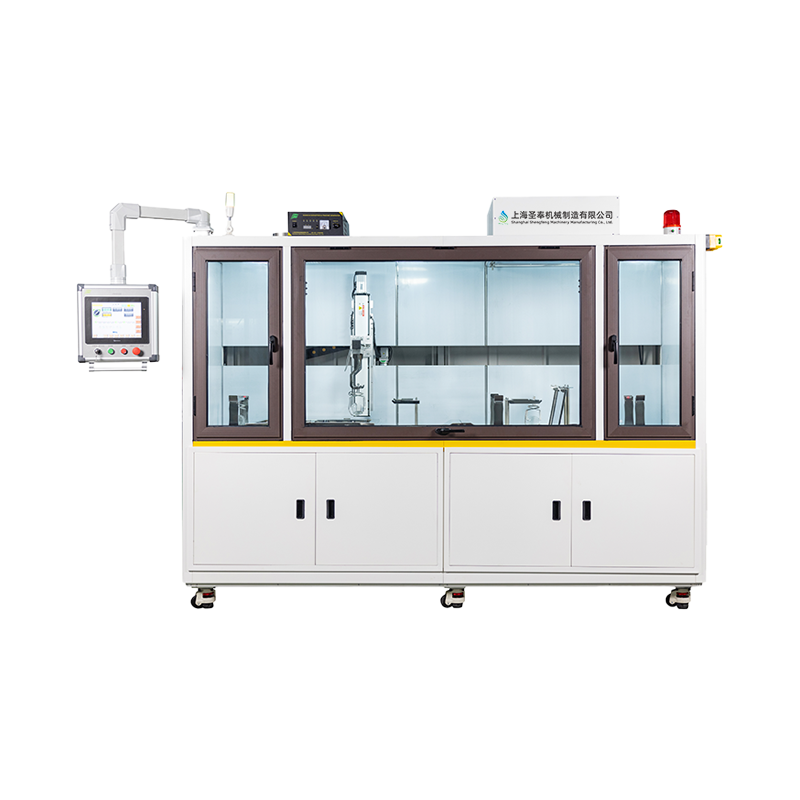
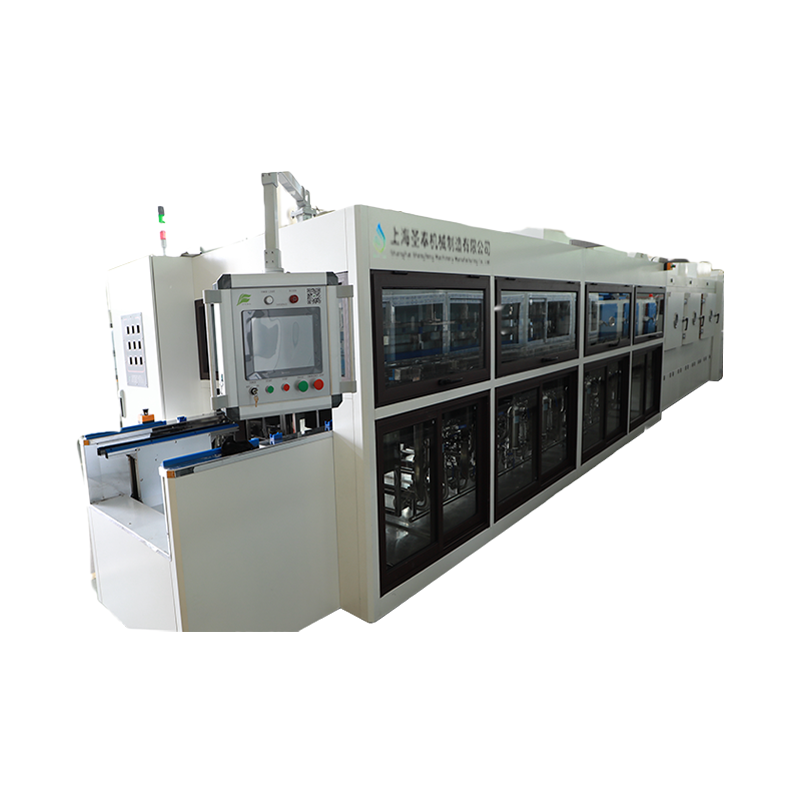
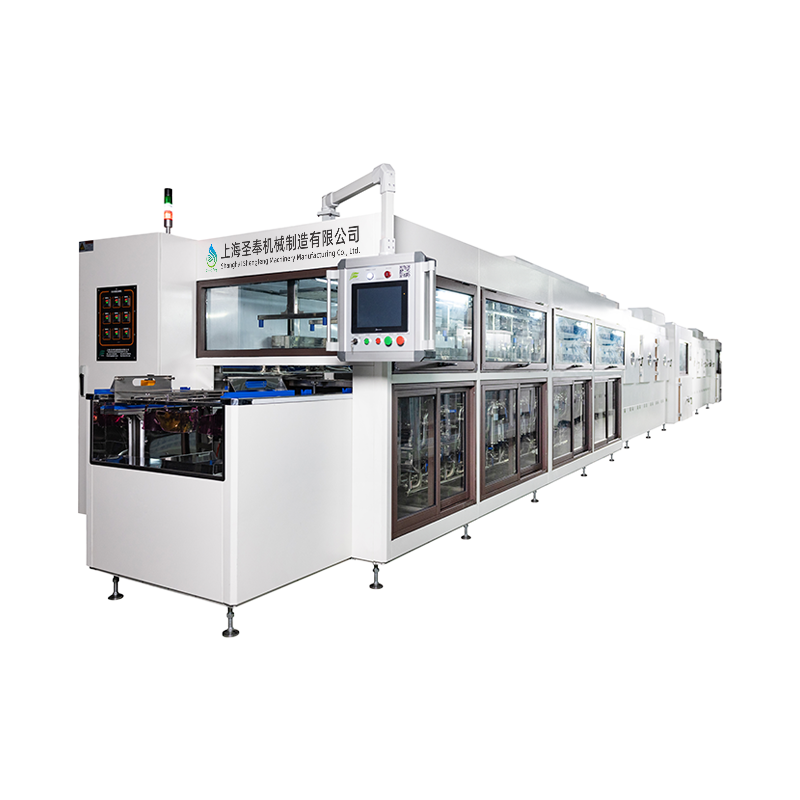

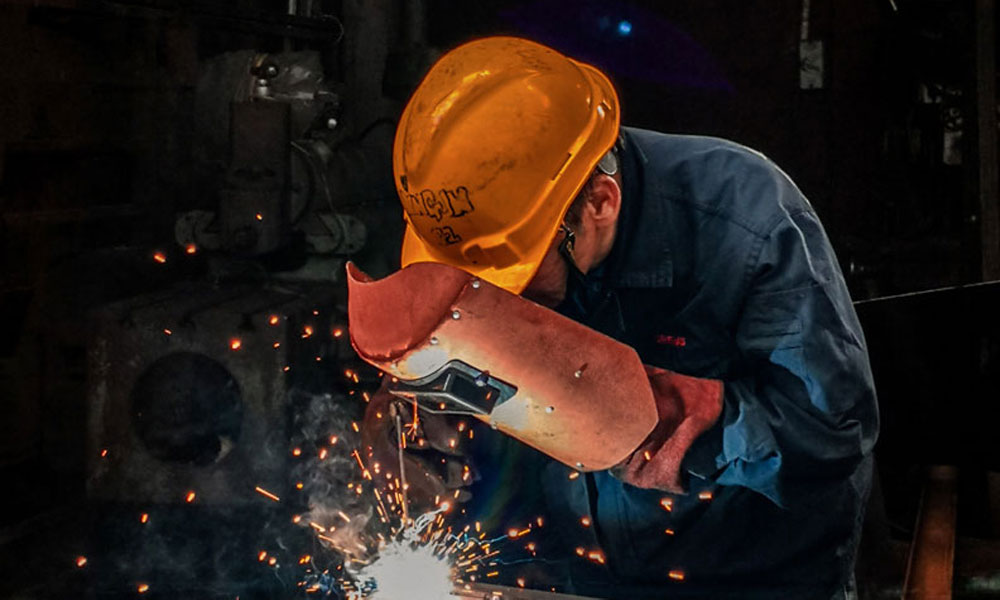
在线留言